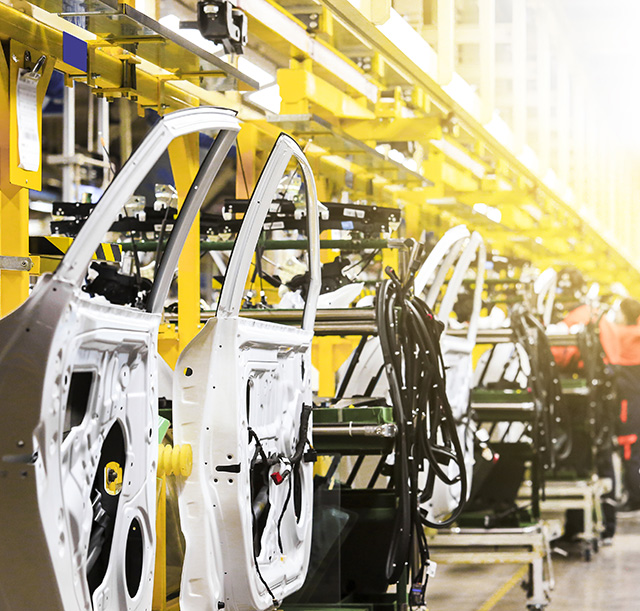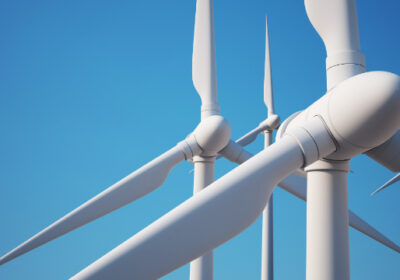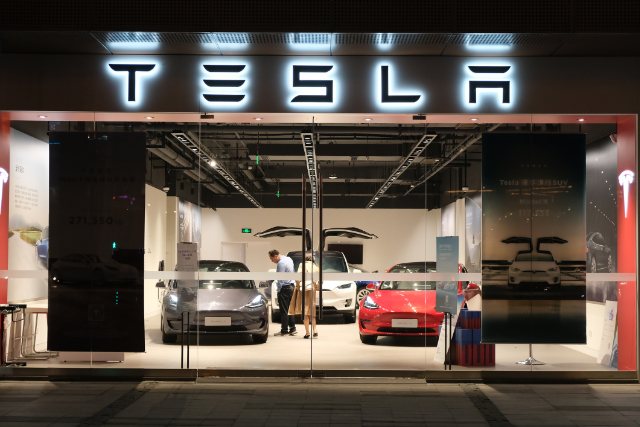What is Passive Versus Active Hydroforming?

Hydroforming is the process of using pressure on sheets of metal to create shapes, many that are used in building automobiles. For example, if you look at the metal cradle holding the engine in an automobile, you are looking at something formed through tube hydroforming. If you look at the side of your automobile, it was probably formed through hydroforming used on a sheet of metal. While called by different names, there are two types of sheet hydroforming: Active and passive.
Active Hydroforming
Active hydroforming is considered a combination of deep drawing hydroforming and bulging technology. It involves putting a sheet of metal into a punch, or what has been created to form the part. For example, if creating the door of an automobile, the punch would have been created in order to mass produce the side of the door. Then, in active hydroforming, the sheet of metal is pushed against the punch using high-pressure liquid. The pressure of the liquid forces the sheet of metal to conform to the shape of the punch. Because the metal takes on the appearance of the punch, active hydroforming is considered the best process to improve appearance. Since active hydroforming can be done using an open punch, costs can be reduced.
Passive Hydroforming
Passive hydroforming involves putting a sheet of metal into a punch. The difference between passive and active hydroforming is that in passive hydroforming the sheet of metal is pushed against fluid by high-pressure liquid. So, within the punch, fluid is used between the metal and punch to form the sheet of metal into a predetermined shape. Since passive hydroforming uses a more defined punch, it can increase costs, yet at the same time, it can significantly improve the final product.
Some industries are combining active and passive hydroforming when creating thin yet strong components that might be needed in the aerospace industry where weight is a critical component.
All of us use something that has been formed by hydroforming whether it’s the car we drive, the bicycle a child rides, or the airplane we use to travel. If you would like to know more about active and passive hydroforming, please contact us.





Leave a Reply